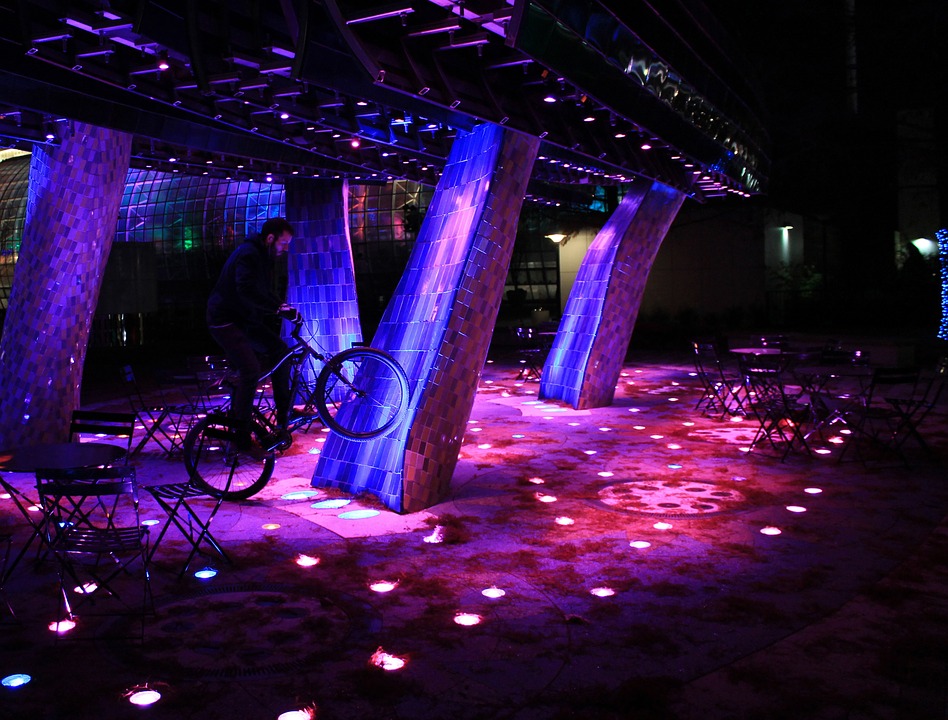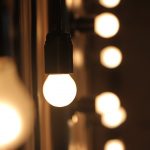
LEDs are small light sources, or tiny chips that, by exploiting the optical properties of some semiconductor materials, convert electrical pulses into light. It was October 9, 1962 when scientist Nick Holonyak Jr invented the first light-emitting diode in the visible spectrum, known as LED. This technology spread from the following decade with the function of lights and indicators.
Only since the 2000s their technological development has made them suitable for lighting applications. At the beginning of the research, in fact, the luminous efficacy (lm/W) was 3 lm/W. Therefore, the limit of the first LED lighting devices was the insufficient amount of light emitted as part of Lighting Hire in Hamilton.
Today LEDs are available in different colors, including brilliant white light versions to satisfy the desires and needs of consumers in the field of home lighting. LEDs can consume up to 80% less and last up to 30 times longer than traditional incandescent or halogen bulbs and up to 3 times longer than most compact fluorescent bulbs. They light up immediately and the compact shape is also suitable for small lights and confined spaces.
Lamps made with LED technology are increasingly used in place of traditional sources. In LEDs the white light created by two main methods: RGB combination: combination, within the same or the same module, with three LEDs (or groups of LEDs) with the three basic colors (Red, Green and Blue). Through the single adjustment of each of the three colors, and the mixing of the light emitted by the three sources, it is possible to create all the possible colors of light, from warm white to cold white.
Use of phosphors: this is currently the most widespread method and is based on the principle of luminescent conversion as for fluorescent lamps. The white light is obtained by a blue light LED that passes through the yellow phosphor powder. Not all LED bulbs can be mounted in dimmers used by Lighting Hire in Hamilton.
Efficiency
LEDs can achieve very high efficiencies, up to 80-100 lumens/Watt. Normally LED bulbs for home use, for now, stand at around 40-90 lumens/watt. What have been the historical developments of lighting over time? And how did we go from gas to led lamps? Here are the different types of existing light bulbs and the tips to improve the lighting efficiency of your home.
Lighting of environments through electricity is a rather recent invention. This is not the case with natural light systems, which have existed since ancient times because they are derived and dependent on the radiation of the Sun. But what is the history of lighting? And what have been the evolutions of the lamps over time?

